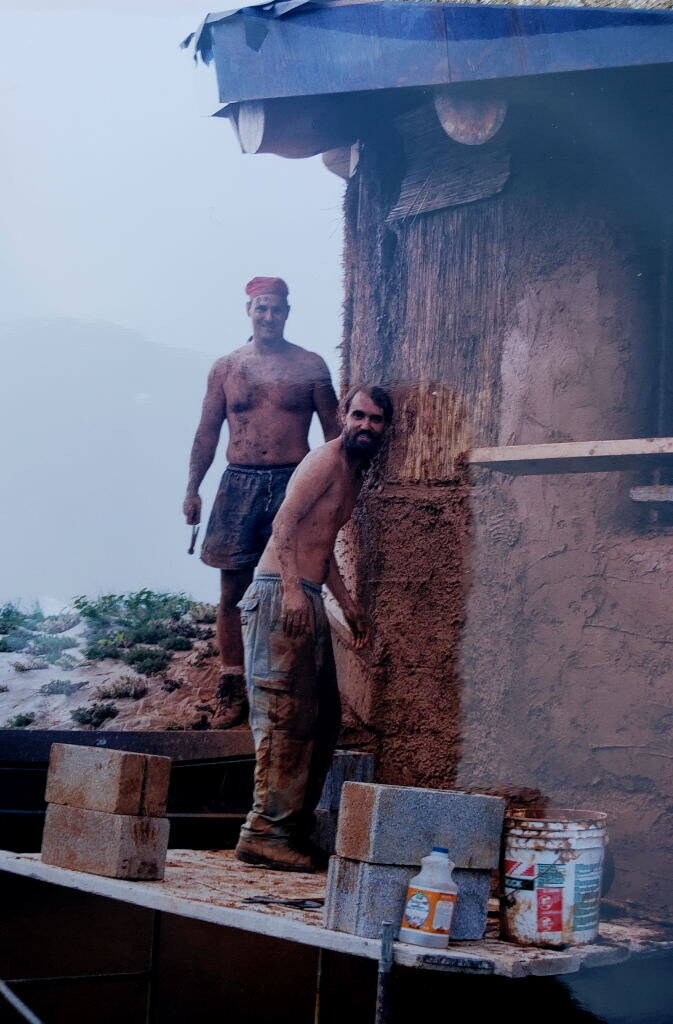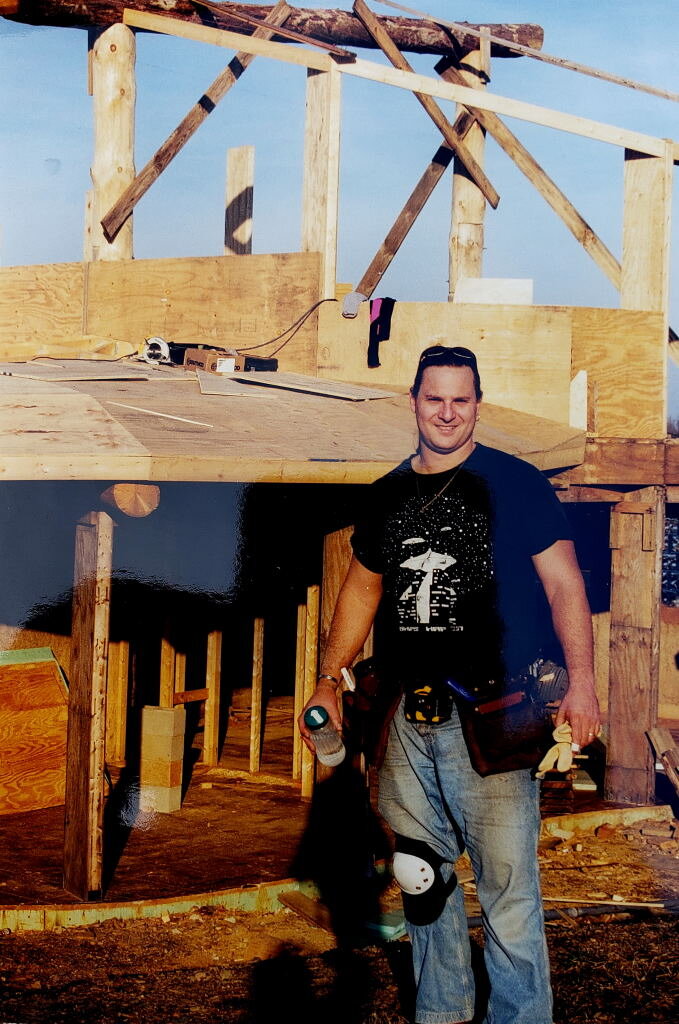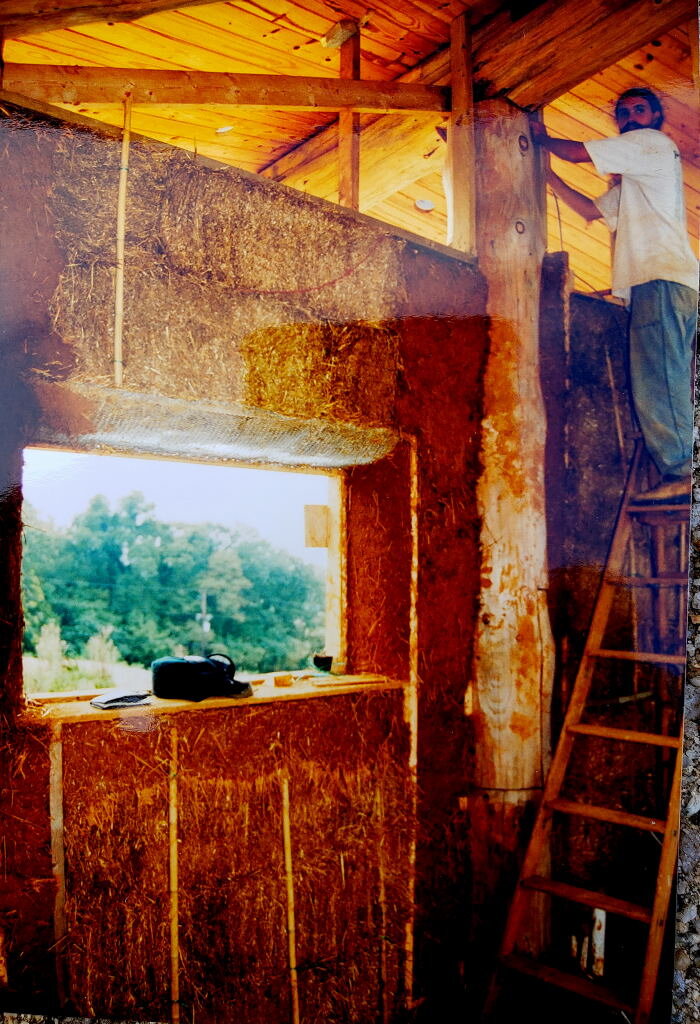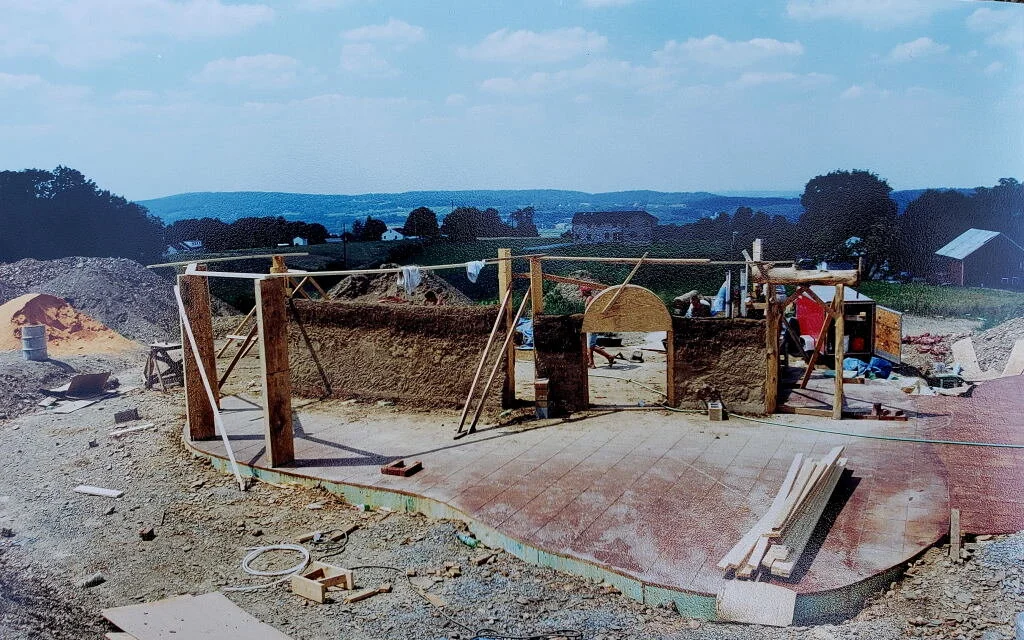ALTERNATIVE CONSTRUCTION
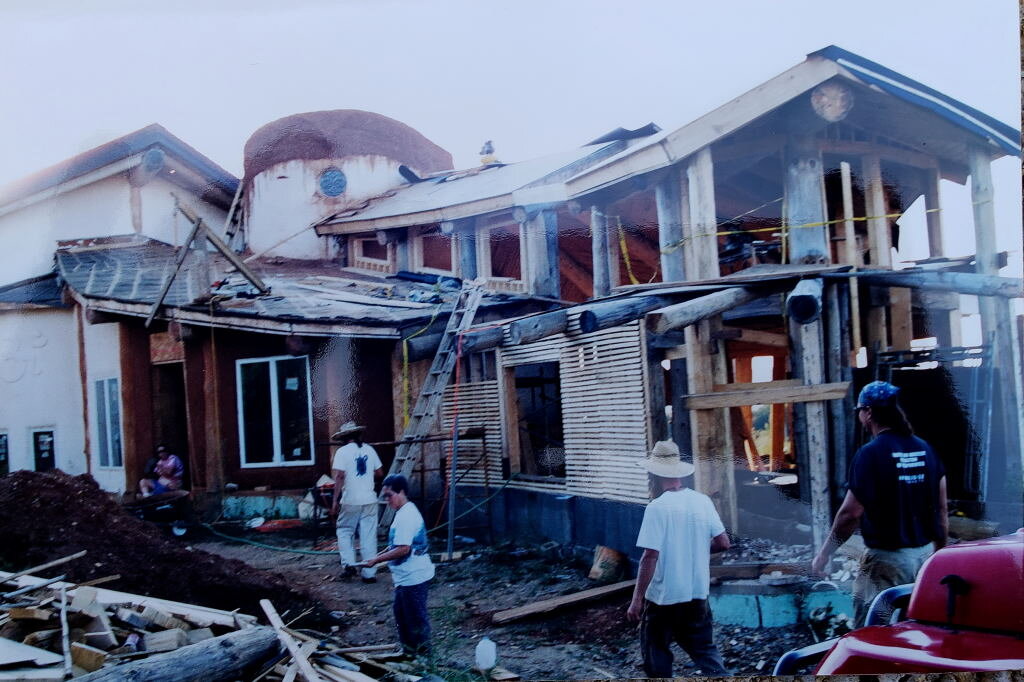
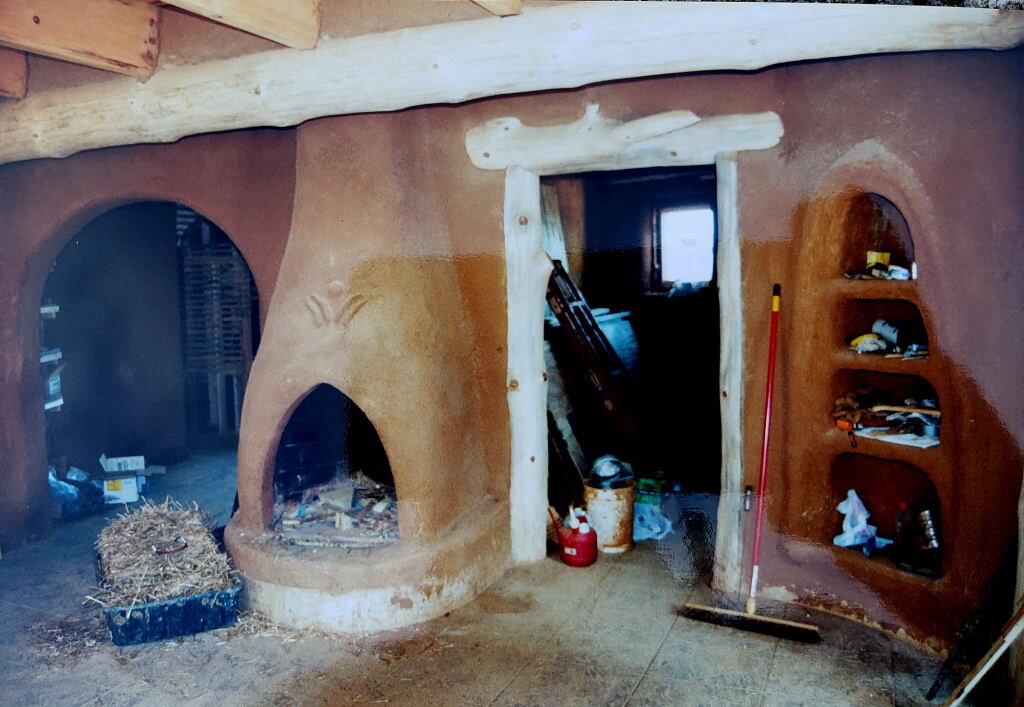

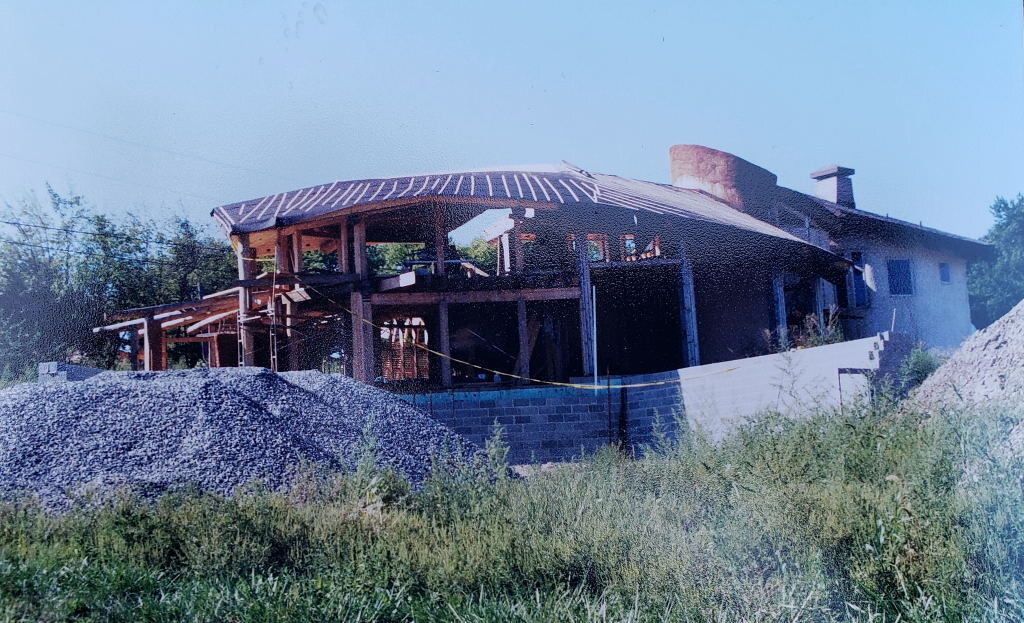
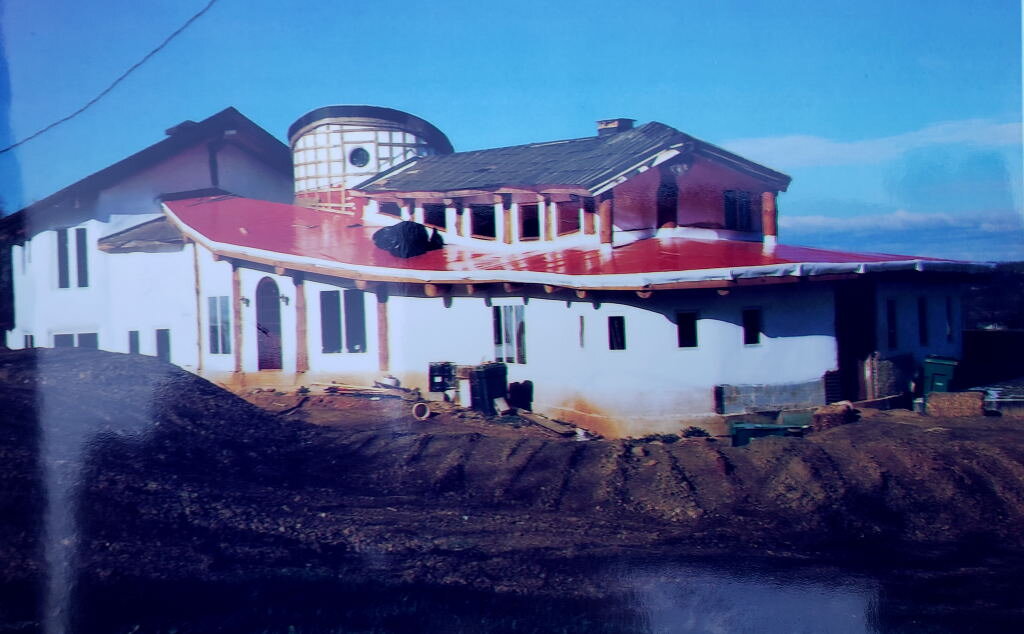
WHAT EXACTLY IS ALTERNATIVE CONSTRUCTION?
Very simply, as the name implies, Alternative Construction incorporates
the design and implementation of non-traditional building materials other than
masonry block, typical concrete and lumber. Increasingly, architects,
engineers, and property owners have become more open to atypical building methods, especially of which include sustainable alternatives such as: earth, straw,
hemp, cord wood, pre-used metal containers and cans and even old tires. Though
such options have been, and are being increasingly explored, what has not
changed is the end objective that these materials serve; Safety, Strength, Economic
Costs, Aesthetic Appeal and larger Ecological Considerations ultimately drive
the materials and techniques employed to meet these demands.
Since 2000, new techniques and materials have become increasingly available in residential home construction. Prior to 2000, typical “stick” and masonry construction designs had dominated the market in most geographic areas within the United States. Being creatures of habit, humans are resistant to change and how we build shelter has been no different. Add to that the large institutions such as the banking and insurance industries and it is no surprise that the structures we live in have become constrained in “cookie cutter” fashion. Even considering large economies of scale that have contained costs, some of us have observed and been bold enough to ask: “is there a better way”? More specifically, is there a better way when looking at our collective footprint upon this beautiful planet? Given that fact that basic shelter is an essential human need (in one form or another), how we collectively habituate on the planet is a pressing consideration given our exponential population combined with finite space and planetary resources. Thus, many of us have concluded that there must be a better way.
Around 2000, new construction became much more regulated on
a national basis thru BOCA (Building Officials & Code Admin) and then IBC
(International Building Code). Prior to this period, the typical residential land owner had much more freedom and liberty to design and build as one desired based on their budget. Such was the case, personally for me given my local municipality only required a final electrical inspection and various set-back restrictions. So began my seven year venture into designing, and building La Casa de Da-Vid using straw, sand and mud and an awful lot of perseverance and sweat equity.
